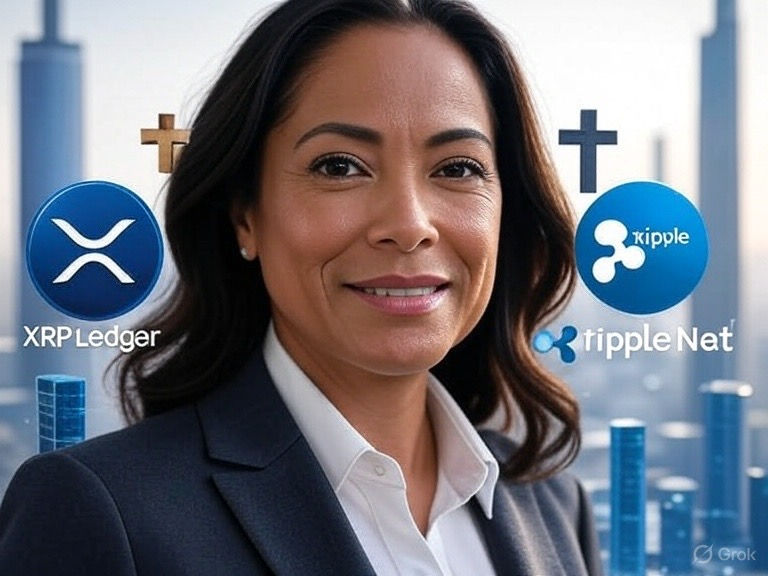How Do NFTs Work? How Do I Buy Them? Mint Them? (Part 3)
- Business Anthropology

- Oct 12, 2022
- 5 min read

NFTs are crypto assets. They are secured by cryptography and stored on the blockchain like cryptocurrencies. Unlike cryptocurrencies however, NFTs aren’t used for “commercial transactions.” You can pay for a plane ticket or pair of Nike sneakers with Bitcoin, but restaurants aren’t accepting Bored Ape NFTs for New York Strip Steaks.
Blockchains are strings of computer code – called blocks – that are then chained or linked together. Each block is encrypted (i.e. information is encoded through cryptography) and has a storage capacity. Once a block is full of data, it’s closed and the data within it is permanently recorded. New blocks are created to record the next batch of data and each new block links to the previous block, creating the chain of blocks. One method for creating new blocks is called mining. Blockchain miners solve complex cryptographic algorithms to create new blocks. This takes time, energy and computing power. As a result miners are financially rewarded when their block is added to the chain.
Blockchains are used to publicly record transactions. Each blockchain is stored across multiple computers that are linked in what is called a “peer-to-peer” network. Computers in the network all share files and this decentralized sharing of information, this mirrored redundancy is what builds “trust” into blockchains. Every computer in the network has an updated copy of the blockchain. To change the information a blockchain stores, the blockchain would first have to be decrypted, and then the information on each computer in the network would have to be changed at the same time.
NFTs are bought, sold, stored and displayed on online platforms called NFT marketplaces. NFT marketplaces are similar to ecommerce platforms like eBay or Amazon. Users or sellers list their NFTs, which buyers can bid on. NFT marketplaces usually support several blockchains; users can only trade NFTs that are built on supported blockchains and use cryptocurrencies that are compatible with those NFTs. Most NFTs are stored on Ethereum, which means these NFTs are compatible with Ethereum-based NFT marketplaces. An NFT bought with Ethereum on one platform can be sold on a Hedera Hashgraph platform for example; the blockchain/ledger technologies are different.
The process of creating a “new block” in the blockchain is “mining.” The process of creating an NFT is called “minting.” Most NFT marketplaces allow you to mint. To mint an NFT, you upload a digital file to the NFT marketplace, fill in some details, and click Create. You can turn most digital files into NFTs, including images, videos, and GIFs.
NFTs have important properties such as their uniqueness, scarcity and tradability. How are their values determined? An NFT’s value is “subjective.” It will sell for whatever price the market thinks it’s worth. This may be based on the pedigree, popularity, scarcity, and/or collectability of that NFT. Utility also determines an NFT’s value. For example, an NFT event ticket would likely sell for the same price as a normal event ticket; whereas an NFT event ticket accompanied with unique art and a live video of the concert you are attending might sell for more money than a mere NFT digital ticket. NFTs can be surprisingly expensive, especially if prospective buyers think they will become more valuable in the future or provide exclusive membership to social clubs/societies.
When a person mints an NFT, or a company mints a collection, they can determine how many of those assets to create and list on the market. It’s similar to a musician releasing a limited number of copies of their new album on vinyl records. A digital artist may decide to create just one original NFT – for instance, a one-of-a-kind digital artwork. The creator could also release one thousand NFT artworks that look the same, each with its own unique certificate of authenticity.
Some NFTs never change because their underlying content is static. But NFTs can also be programmed with more complex elements written into their code. An NFT can be programmed to respond to certain triggers or owner actions, or even external factors. Complex NFT functions include forging, crafting, redeeming and randomly generating new NFTs and other forms of content. You can even program NFT smart contracts to change the underlying content when the right conditions are met.
CryptoKitties are a popular example. Created in 2017, they became one of the first popular and most valuable NFT collections because of their programmed features. CryptoKitty avatars can breed with other CryptoKitties – owners can select two CryptoKitties and click a Breed button that mints a new NFT avatar with unique characteristics.
This leads into “royalties.” A person who mints an NFT can encode royalties into that asset through the NFT’s smart contract. This means the original creator can receive a portion of the fee every time their NFT is sold from one user to the next; or when the NFTs “likeness” is utilized in an advertisement to t-shirt. This is industry-changing for artists who haven’t always received adequate payment for their work.
NFTs create a guarantee that an artist from a writer to musician will receive royalties. Musicians, for example, often don’t receive payment from everyone who samples or plays their track for profit. By embedding their address within the NFT’s unchangeable metadata, they both ensure they get paid and also makes it easy for users to pay them.
NFTs have the potential to safekeep digital assets better than current methods. A scan of the deed to a house could easily be lost. Minting a scan of the same deed as an NFT means proof of the document exists on a blockchain. This adds a layer of security. Blockchain technology is secure because it uses cryptography to encode a token’s ownership. This code requires an incomprehensible amount of computing power to break – essentially, making it impossible to decipher.
Advocates of NFTs believe everyone could use them to represent and authenticate their physical assets. Even personal documents like deeds and drivers’ licenses to a digital ID could be stored as NFTs and already are in many parts of the world. Blockchain technology is very secure and it’s great for proving that someone owns an item; however, blockchains don’t store the majority of files that NFTs represent. That content (usually a video or image file) is stored off-chain and the NFT hyperlinks to that source. This is because storing large files on a blockchain has high transaction fees and hyperlinks are smaller than the files themselves.
This is a tremendous criticism; and purists will say that the only true NFTs are encoded and stored in their entirety into the blockchain or ledger; making Bitcoin and Hedera NFTs the only “true” NFTs at this time. Hyperlinks in NFTs could stop working overtime, a common problem called link rot. And storing underlying content on a centralized database leaves it vulnerable to hacks and database failure.



Comments